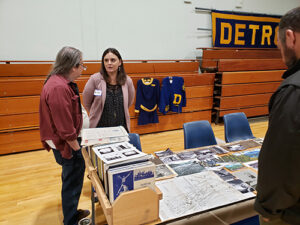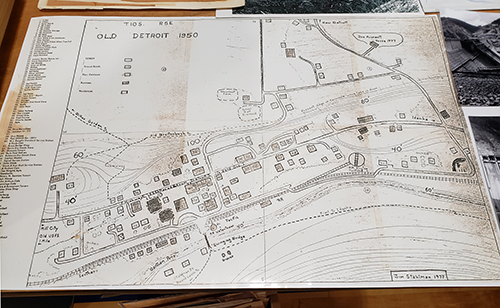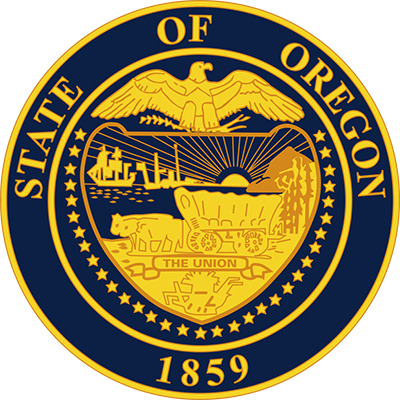Reporter for The Canyon Weekly
About 125 people participated in a conference on Detroit history last weekend. And that meant history not only before the timber wars, the pandemic and the wildfires but before Detroit Dam.
That’s why it was called the Old Detroit History Jamboree, because it was the first segment of an ongoing project on “drowned towns,” cities and communities that were displaced or erased by reservoirs.

The project is the brainchild of Boise State University assistant professor of history Bob Reinhardt, who gathered cadres of volunteers in “drowned towns” T-shirts and buy-in from local expertise such as the North Santiam Historical Society, Detroit historian Melinda Hills, the United States Forest Service and David Lewis, anthropology and indigenous studies professor at Oregon State University and a member of the Confederated Tribes of Grand Ronde.
“It was a busy and exciting and fulfilling day,” Reinhardt told The Canyon Weekly.
This was the first such stop on what will be an “indefinite” tour as Reinhardt and his cohorts strive to put together an atlas of drowned towns, with Green Peter and Foster on the South Santiam River next on the agenda.
Reinhardt said the Detroit research and analysis will continue through next fall.
“I think it was great,” said Reinhardt of this beta test. “This was a community archiving and community connection event, and I think it succeeded on both levels.
“There are areas for improvement, of course, but overall I think it went really well.”
Reinhardt’s troops archived and digitized more than 400 photos, documents and artifacts and recorded a dozen oral histories.

Grep Sheppard of Detroit was on hand, he said, to try to soak up some town history. Sheppard already knows a bit of local lore. He came to town in 1979 and has been a councilor for the past 25 years.
But that doesn’t make him an “old Detroiter.” That would have required residency pre-Detroit Dam (dedicated June 1, 1953) and the reservoir that swallowed up the site of old Detroit (inundated in the summer of 1952).
Here are some of the things The Canyon Weekly learned from presentations by Reinhardt, Hills and Melody Munger of the North Santiam Historical Society.
• Old Detroit was located at the end of a rail line near Piety Knob, an island on Detroit Lake. At the time it was a hill called Piety Knob and it dominates the landscape of historic pictures.
• It was a “coherent” community, with a church, a hardware store, two cafes, four taverns, two pool rooms and a movie theater.
• It was moved over the course of a year a short distance to the north to escape the dammed waters. Hills noted that a total of 60 buildings were moved, 35 houses and 25 businesses. And that five of the houses still stand.
• In 1891 the first post office was established, with Detroit the name choice because of the preference of a group of settlers from Michigan.
Here is how Munger put it:
“We’re dedicated to preserving the spirit of our future by honoring the flavor of our past and how that history affects us today.”
Reinhardt: “We’re looking for the larger, broader history of places moved or eliminated because of dams and reservoirs. There are hundreds of these types of communities in the U.S. alone and thousands worldwide.
“We don’t know very much about these places. There is no comprehensive understanding. What were the characteristics of these communities? What made them easy to leave and what did people love about them?”
More on the Project
The website drownedtowns.com features lists, maps, updates on the project atlas, details on the project and an opportunity to sign up for the project’s quarterly newsletter. Project leader Bob Reinhardt of Boise State University plans both popular and academic publications on the research, but the main output will be the website and database at drownedtowns.com.





